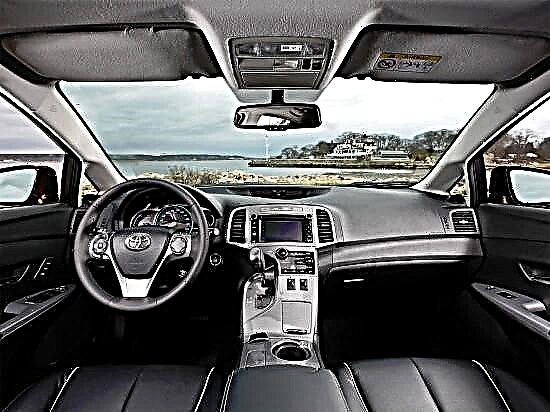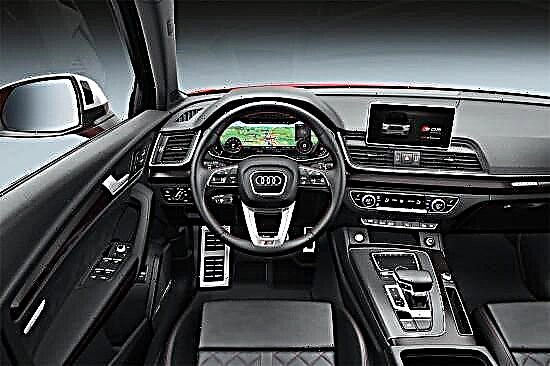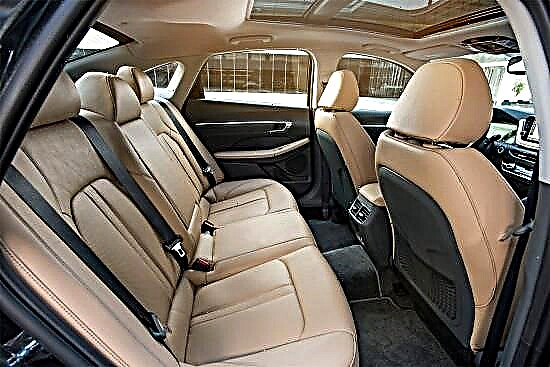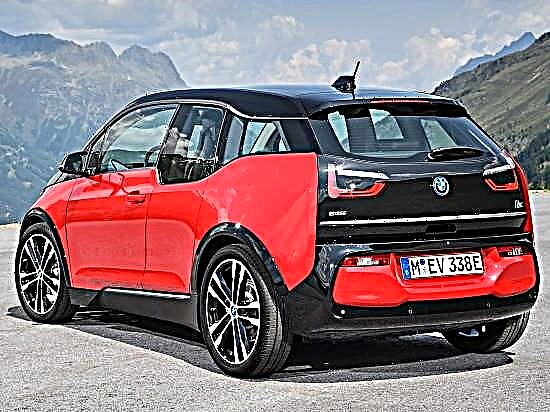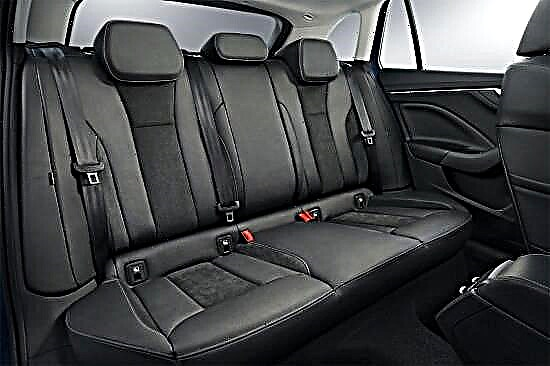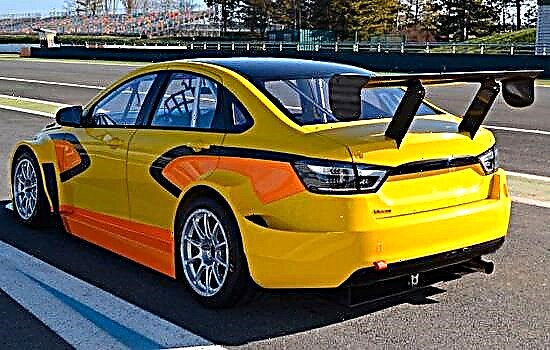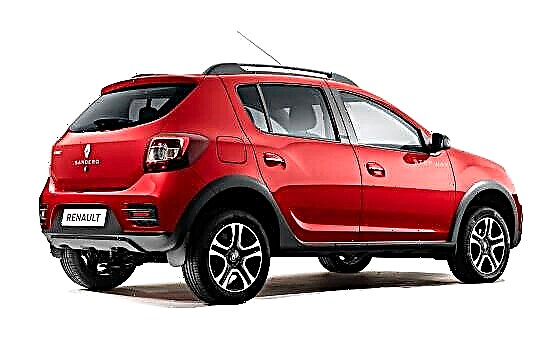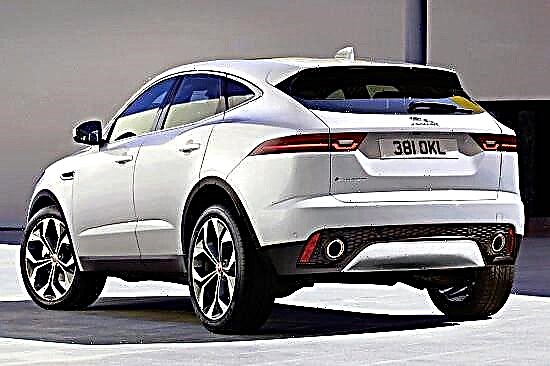In 2002, the Japanese company Toyota presented to the public the 4Runner frame SUV of the next, fourth generation (model index N210) - it became larger, prettier and more modern, but did not lose its potential. In 2006, the car underwent a planned restyling, which affected the exterior and interior, but "passed" the technical part.

Serial production of "Japanese" stopped in 2009 due to the appearance on the market of the 5th generation model.

The fourth generation Toyota 4Runner is a mid-size SUV with a frame structure, offered in a five-door body.

The dimensions along the outer perimeter are as follows: 4806 mm in length, 1911 mm in width and 1760 mm in height. The wheelbase is allocated 2,788 mm of the total length, and the ground clearance in the stowed state is 231 mm.



The power line of the SUV was formed by two gasoline units:
- The first is a 4.0-liter V6 engine with multipoint injection, delivering 245 horsepower and 382 Nm of maximum torque.
- The second is a V-shaped "eight" of 4.7 liters, the capacity of which is 260 "horses" and 415 Nm of torque.

There is one gearbox - 5-band automatic, there are two types of drive - rear or permanent full with an asymmetric differential (the moment in normal conditions is "scattered" between the axles in a ratio of 40:60).
The "fourth" Toyota 4Ranner is based on the "120" Land Cruiser Prado and is endowed with a frame body structure. On the front axle there is an independent suspension on paired wishbones, on the rear axle there is a continuous axle and coil springs.
By default, the SUV is equipped with rack and pinion steering, supplemented by a hydraulic booster.
The braking system is equipped with discs on the front and "drums" on the rear wheels and anti-lock braking technology (ABS).
The positive features of the fourth generation 4Runner include high reliability, good looks, powerful and high-torque units under the hood, affordable maintenance, good dynamic characteristics and high off-road capabilities.
Negative sides - low quality of finishing materials, high fuel appetite and pronounced rolls when cornering.

